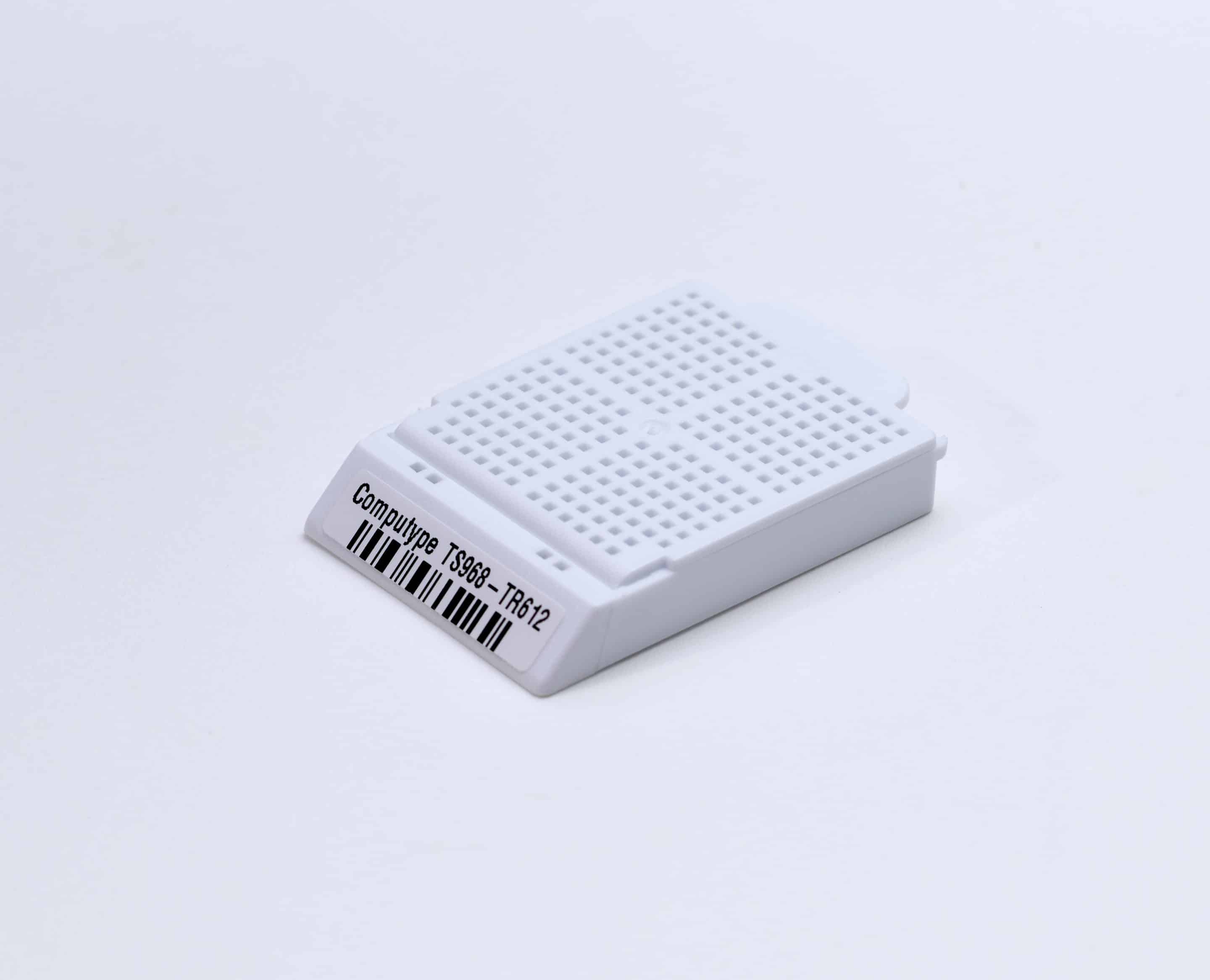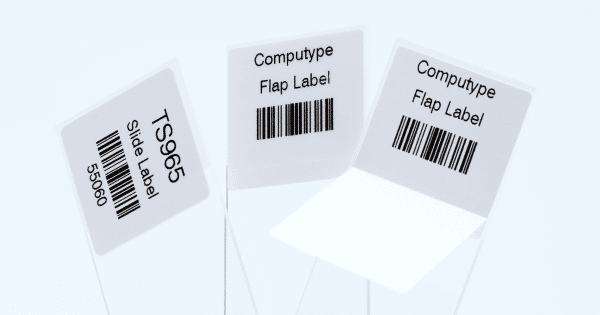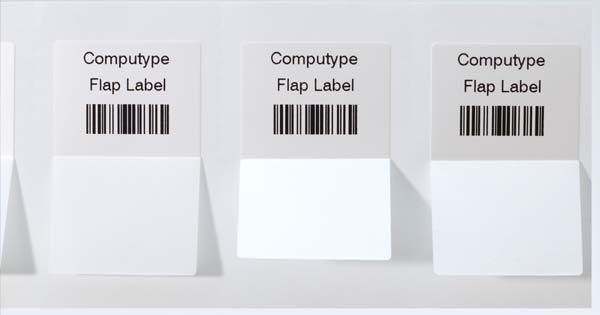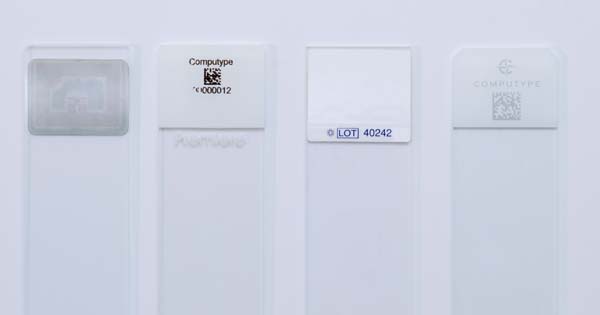HISTOLOGY BARCODE LABELING SOLUTIONS
Xylene-resistant tissue specimen labels for histology labs and workflows.
Elevate your histology lab with advanced barcodes and durable labeling solutions. Discover labels engineered to withstand xylene and diagnostic staining procedures, ensuring durability and precision in specimen tracking. Explore comprehensive opportunities to enhance your workflow, including RFID integration, advanced tracking software, and more, tailored to streamline histology processes seamlessly.
Durable, robust tissue specimen labels for complete traceability in histology
Elevate tissue analysis and traceability: track each biological specimen from collection to diagnosis
Minimize error in microscopic examination: reduce the risk of misidentifications or misdiagnosis with reliable tracking
Maintain chain of custody during H&E and IHC special staining with durable, engineered labeling solutions

Uniquely identify tissue cassettes
Discover tailored solutions to meet your diverse identification needs. With a focus on precision, durability, and accuracy, our labels are engineered to streamline identification and tracking of tissue samples throughout your lab.
Tissue cassette barcode labels
Designed for cassette application before the tissue fixing process, this new label provides adhesion and image stability without any additional labeling equipment. Our pros can help design a label to maximize your data including:
- Linear or 2D barcodes
- Sequential IDs
- Date stamps
- Sample type and other text

Versatile labeling solutions for slides
With three decades of expertise in histology labeling, we offer a diverse array of versatile solutions tailored to your needs. Our range includes adhesive and non-adhesive labels, with options for laminate application or without. Explore our selection of label printers for precise customization, or opt for permanently marked slides for enduring specimen identification.

- Standard adhesive microscope slide labels
- Self-laminating FLAP adhesive labels
- Desktop printers for standard and FLAP labels
- Pre-barcoded and custom marked slides
- RFID inlays and RFID-enabled tracking solutions
Xylene and staining resistant histology slide labels
Our highly engineered histology slide labels are designed with quality materials and a strong face stock to withstand staining, abrasions, and harsh chemical exposure. Slide labels can be ordered with or without the self-laminating flap depending on your needs.
Self-laminating slide labels: FLAP Labels
FLAP (Flexible Laminate After Printing) labels are specifically designed to withstand deteriorating solvents and rigorous diagnostic staining processes in histology.
Leveraging a durable laminate cover that gets folded over the barcode, these labels establish a hydrophobic barrier to secure the printed image.

Advanced solutions for identification and tracking in histology
Manage your Histology Workflow with LabTrack™
- Complete Visibility: Provide comprehensive visibility into your specimen inventory.
- End-to-End Traceability: Ensure traceability from the moment of collection to diagnosis, maintaining a secure and verifiable chain of custody.
- Safe Tissue Storage: Ensure proper storage and handling of your biological specimens.
- Locating Specimens: Streamline the process of locating stored specimens and reagents.
Related Products and Services:
Supporting Resources:
- Brochure: Standard Laboratory Labeling Products Guide
- How to Preserve Slide Label Integrity: What is a “FLAP’ Label?
- How Sequence Management Services Ensure Barcode Integrity in the Lab
